Blog
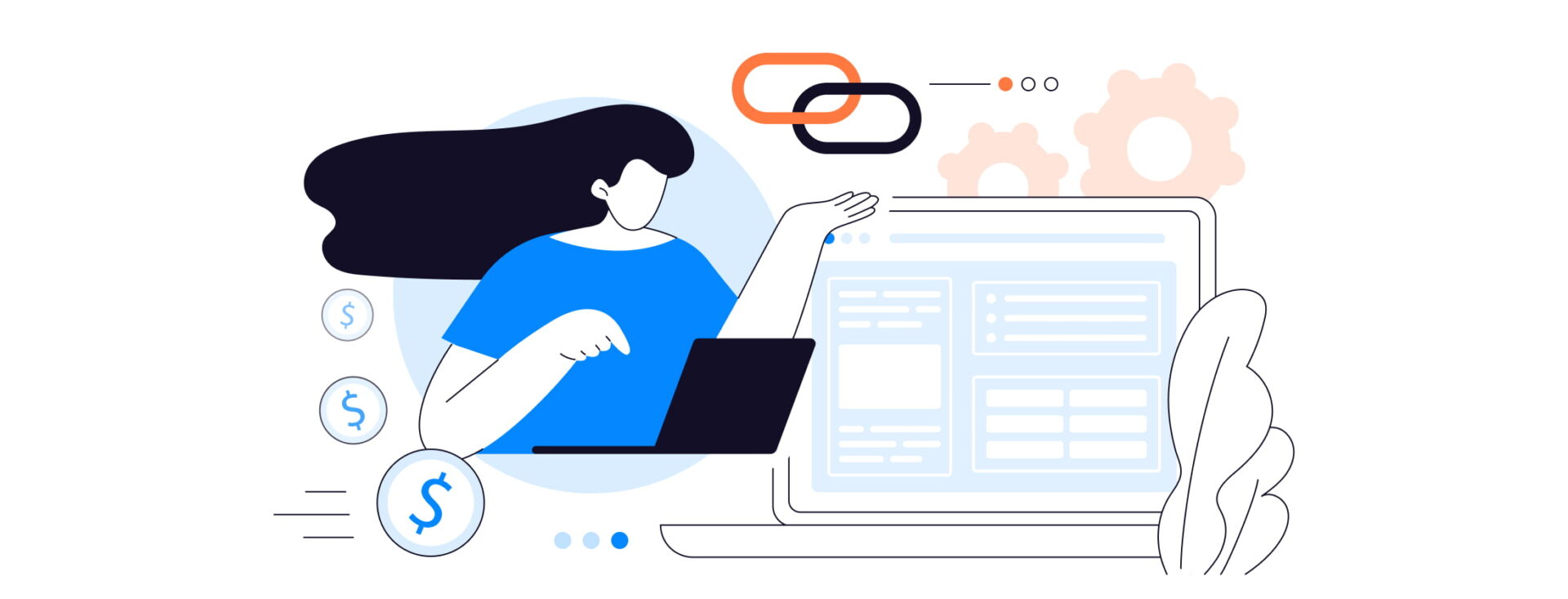
Any marketing campaign always starts with generating affiliate links. These links serve as intermediaries between users and affiliate offers. They are supposed to be the key element for tracking conversions, monitoring performance, and, most importantly, earning commissions. So, once you’ve got your affiliate links, what’s next? How do you effectively promote them to maximize profits?
This article explains a few strategies to help you promote your affiliate links like a pro.
An affiliate link is a unique URL provided to affiliates by an advertiser or affiliate network. This link is used to track the traffic or sales generated by the affiliate. When a user clicks on the affiliate link and performs a desired action (like making a purchase or signing up), the affiliate earns a commission.
Affiliate links contain specific parameters, such as:
The main purpose of an affiliate link is to ensure that the affiliate gets credit for any sales or actions generated through their marketing efforts. These links are vital for tracking performance and calculating earnings.
https://website.com/product?affiliateID=12345&source=blog&utm_campaign=sale_september
Explanation:
This detailed link helps you and the affiliate program monitor traffic sources and performance.
Creating affiliate links is a straightforward process, but it starts with an important first step: joining an affiliate program or CPA (Cost Per Action) network.
Here’s a step-by-step guide to help you get started:
The first thing you need to do before affiliate link promotion is to find an affiliate program or join a CPA network. Choose from the following CPA networks, if you are a newbie and need a variety of CPA offers. An even easier way to get into the selection of worthwhile deals is to read our article, which compiles top CPA offers for beginners from different affiliate networks.
After joining a network, browse through their catalog of affiliate offers. Choose products or services that align with your audience’s interests and needs. Look for high-converting offers or those with strong commissions.
When choosing the right affiliate offer, there are several key parameters to consider:
Once you’ve selected an offer, generating your affiliate link is easy. Most affiliate programs and CPA networks provide a simple “Get Link” button on the offer page. Clicking this will generate a unique tracking link that includes your affiliate ID. This ensures that any conversions or sales made through your link are credited to you.
How to generate an affiliate link:
Step 1. Find the offer you wish to promote within your network’s dashboard;
Step 2. Click on “Generate Link” or “Get Tracking Link.”
Step 3. Your custom affiliate link will appear, and you can copy it.
We’ll explore 7 effective ways to promote affiliate links, from content marketing to leveraging social media and paid ads.
Creating high-quality content is the backbone of a successful affiliate marketing strategy. The key is to offer actionable insights that directly address your audience’s pain points and provide solutions. For example, instead of a generic affiliate product review, create an in-depth comparison highlighting the benefits and drawbacks of each product based on your experience. Include real-life examples, data-driven results, and step-by-step guides that offer clear value.
Utilize SEO optimization best practices by incorporating target keywords naturally into your content, ensuring it ranks well on search engines. Focus on educating your audience by answering specific questions, and including clear calls-to-action (CTAs) that drive traffic toward your affiliate links. Furthermore, adding such elements as infographics, videos, or interactive tools can enhance the user experience, keeping readers engaged longer and increasing the chances of conversions.
Social media platforms offer a versatile way to promote affiliate links. For example, on Instagram or TikTok, visually-driven content such as product demos, how-to guides, and lifestyle posts can effectively capture user attention. Use features like Instagram Stories with swipe-up links or TikTok native ad formats to make affiliate links more accessible and engaging. Facebook allows for more in-depth discussions in groups and communities, where you can place affiliate links alongside value-packed posts or tutorials that spark conversation.

For more professional and niche offers, platforms like LinkedIn and Reddit can be incredibly effective. On LinkedIn, creating thought-leadership posts, engaging in relevant groups, and sharing case studies can lead to targeted clicks. Reddit, known for its tight-knit communities, requires a more careful approach. Providing genuine value and embedding your affiliate links in responses or posts that solve a user’s problem can yield strong results.
Additionally, leverage social media tools like polls, contests, and giveaways to drive interaction and increase your reach. Contests, where users need to follow, like, or share posts in exchange for entry, can amplify your affiliate links’ visibility. If budget permits, consider using each platform’s native advertising options to boost your posts to a wider audience.
It’s crucial to follow each platform’s policies on affiliate links and promotions. Over-promotion or spamming can harm your reputation or even lead to account suspension, so focus on creating balanced, engaging content that blends affiliate marketing with genuine value for your audience.
Email marketing is a highly effective tool for promoting affiliate links, with an average ROI of $36 for every $1 spent, according to Forbes. What makes it so powerful is the personal connection it creates – subscribers have already shown interest in content, making them more likely to engage with your content and click on affiliate links. Personalized emails, which can boost open rates by 26%, are key to success. By segmenting your audience based on their behavior or interests, you can deliver tailored messages that resonate more effectively.
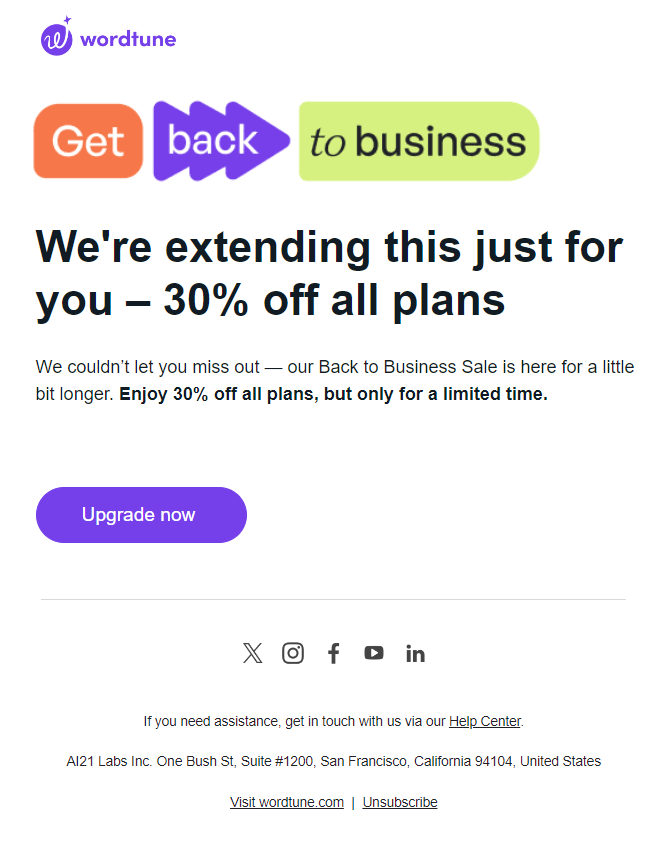
Consistency is crucial. Sending regular updates, newsletters, or product recommendations helps maintain engagement over time. Automated follow-ups, especially after someone clicks but doesn’t convert, can make a big difference in driving sales. Monitoring key metrics like open rates (average 21,33%) and click-through rates (average 2,62%) is essential for optimizing your campaigns. Regular A/B testing will help you refine subject lines, CTAs, and designs to maximize conversions and grow your affiliate earnings.
If you’re aiming to scale quickly, running paid ads can be an excellent way to promote your affiliate links. Various ad formats can help you reach different audiences and maximize your conversions.
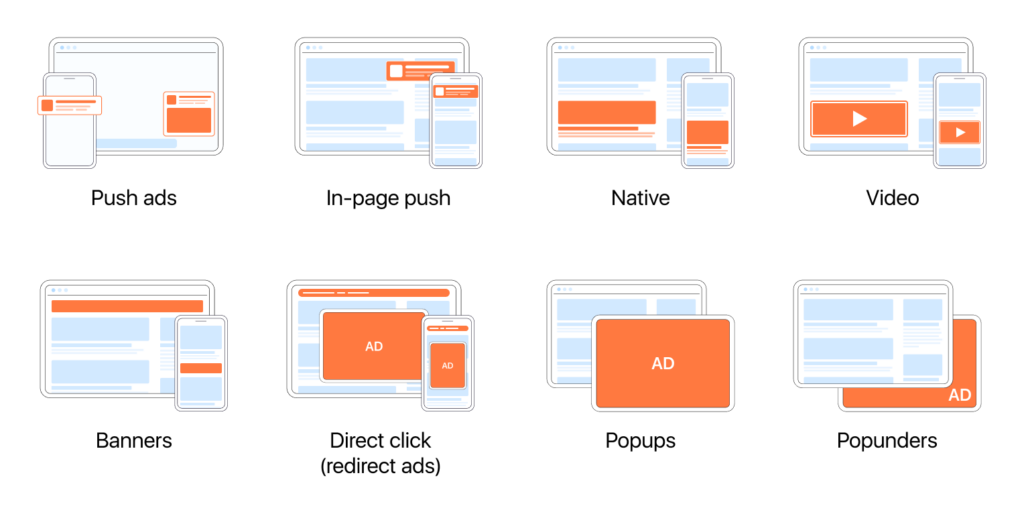
Here is a description of some key ad formats where you can effectively integrate affiliate links:
Many of the formats described above can be found under the same roof — an ad network. Ad networks act as intermediaries between advertisers and publishers, offering a variety of ad formats and traffic sources to simplify the process of buying and selling ads.
Engaging in forums and online communities is an excellent way to promote affiliate links while establishing yourself as an authority in a specific niche. However, success in forums requires a subtle, value-driven approach to avoid being seen as spammy. Platforms like Reddit, Quora, or niche-specific industry forums offer opportunities to share your knowledge, answer questions, and build trust with users before sharing affiliate links.
The key to successful affiliate marketing in forums is to contribute valuable content. Share insights, experiences, and detailed answers to questions. Build your reputation as someone who offers real help before dropping any links. Most communities are highly sensitive to self-promotion, so adding value is essential to avoid being flagged as spam.
Once you’ve earned credibility, you can introduce affiliate links in a non-intrusive way. Don’t push the product too hard; instead, include it naturally within the context of your response. Be transparent that it’s an affiliate link, as many communities require disclosure of affiliate promotions.
Influencer marketing is one of the best ways to promote affiliate links and can be a game changer for affiliates. Partnering with influencers in your niche helps you tap into an already engaged audience. Contrary to popular belief, micro-influencers (10k–100k followers) often offer better engagement rates than larger ones. Before cooperating with the blogger, decide whether you want sponsored posts, product reviews, or shout-outs. Tailor the collaboration to the influencer’s style and blogging audience.
Use unique affiliate links or discount codes to track conversions and measure the ROI of each influencer partnership.
Affiliate links don’t have to be presented as plain text; they can be transformed into visually appealing elements such as buttons, images, or admin panel blocks. This not only enhances user engagement but also increases the likelihood of clicks. People tend to skim through large blocks of text, and visual elements help break the monotony, drawing attention to your affiliate links.
1. Use buttons for strong CTAs
A well-designed button with a clear call-to-action (CTA) can drastically improve your click-through rates (CTR). Instead of a generic “click here,” use action-oriented text like “Shop Now,” “Get 20% Off,” or “Download Free Guide.” Place the button strategically within your content, such as after describing the product’s benefits.
Example: If you’re promoting a software tool, include a button that says “Try Free for 30 Days” directly under a section where you explain the tool’s key features.
The button example from our blog:

2. Incorporate affiliate links into images
Visual content like product images, infographics, or even custom-designed banners can house affiliate links. Images naturally capture more attention than text, and linking them to your affiliate offer allows for a seamless transition from interest to action.
Example: If you’re promoting a physical product, use high-quality images of the item. Clicking on the image should take users directly to the product page through your affiliate link.
3. Create link blocks in admin panels or widgets
If you’re managing a website or blog with widgets, consider adding affiliate links in the form of blocks or banners in the sidebar or within the page layout. These can be placed in admin panels or areas that are naturally visible but not intrusive. When users browse through your content, the visual block stands out without being disruptive.
Example: On our blog, we use the following block:

4. Leverage hover effects and animations
Making your affiliate links dynamic can attract more clicks. Hover effects, where a button or image changes color or animates when hovered over, adds an interactive element that encourages engagement.
Example: Create a “Learn More” button that changes color or adds a shadow effect when the mouse hovers over it. This subtle animation can make users more likely to click through.
5. Optimize placement for maximum visibility
Position your visual elements in key places where users are most likely to engage. Placing buttons or images at the end of a section, within product reviews, or even in the middle of an engaging article can capture attention and encourage interaction.
Example: On a product comparison page, place a visually appealing “Buy Now” button after each product description, making it easy for users to click through immediately.
These best ways to promote affiliate links can help you promote your business effectively. However, success in affiliate marketing often comes down to testing different strategies and optimizing based on what works best for your audience. Keep refining your approach, and you’ll see your affiliate commissions grow.
Any marketing campaign always starts with generating affiliate links. These links serve as intermediaries between users and affiliate offers. They are supposed to be the key element for tracking conversions, monitoring performance, and, most importantly, earning commissions. So, once you’ve got your affiliate links, what’s next? How do you effectively promote them to maximize profits?
This article explains a few strategies to help you promote your affiliate links like a pro.
An affiliate link is a unique URL provided to affiliates by an advertiser or affiliate network. This link is used to track the traffic or sales generated by the affiliate. When a user clicks on the affiliate link and performs a desired action (like making a purchase or signing up), the affiliate earns a commission.
Affiliate links contain specific parameters, such as:
The main purpose of an affiliate link is to ensure that the affiliate gets credit for any sales or actions generated through their marketing efforts. These links are vital for tracking performance and calculating earnings.
https://website.com/product?affiliateID=12345&source=blog&utm_campaign=sale_september
Explanation:
This detailed link helps you and the affiliate program monitor traffic sources and performance.
Creating affiliate links is a straightforward process, but it starts with an important first step: joining an affiliate program or CPA (Cost Per Action) network.
Here’s a step-by-step guide to help you get started:
The first thing you need to do before affiliate link promotion is to find an affiliate program or join a CPA network. Choose from the following CPA networks, if you are a newbie and need a variety of CPA offers. An even easier way to get into the selection of worthwhile deals is to read our article, which compiles top CPA offers for beginners from different affiliate networks.
After joining a network, browse through their catalog of affiliate offers. Choose products or services that align with your audience’s interests and needs. Look for high-converting offers or those with strong commissions.
When choosing the right affiliate offer, there are several key parameters to consider:
Once you’ve selected an offer, generating your affiliate link is easy. Most affiliate programs and CPA networks provide a simple “Get Link” button on the offer page. Clicking this will generate a unique tracking link that includes your affiliate ID. This ensures that any conversions or sales made through your link are credited to you.
How to generate an affiliate link:
Step 1. Find the offer you wish to promote within your network’s dashboard;
Step 2. Click on “Generate Link” or “Get Tracking Link.”
Step 3. Your custom affiliate link will appear, and you can copy it.
We’ll explore 7 effective ways to promote affiliate links, from content marketing to leveraging social media and paid ads.
Creating high-quality content is the backbone of a successful affiliate marketing strategy. The key is to offer actionable insights that directly address your audience’s pain points and provide solutions. For example, instead of a generic affiliate product review, create an in-depth comparison highlighting the benefits and drawbacks of each product based on your experience. Include real-life examples, data-driven results, and step-by-step guides that offer clear value.
Utilize SEO optimization best practices by incorporating target keywords naturally into your content, ensuring it ranks well on search engines. Focus on educating your audience by answering specific questions, and including clear calls-to-action (CTAs) that drive traffic toward your affiliate links. Furthermore, adding such elements as infographics, videos, or interactive tools can enhance the user experience, keeping readers engaged longer and increasing the chances of conversions.
Social media platforms offer a versatile way to promote affiliate links. For example, on Instagram or TikTok, visually-driven content such as product demos, how-to guides, and lifestyle posts can effectively capture user attention. Use features like Instagram Stories with swipe-up links or TikTok native ad formats to make affiliate links more accessible and engaging. Facebook allows for more in-depth discussions in groups and communities, where you can place affiliate links alongside value-packed posts or tutorials that spark conversation.

For more professional and niche offers, platforms like LinkedIn and Reddit can be incredibly effective. On LinkedIn, creating thought-leadership posts, engaging in relevant groups, and sharing case studies can lead to targeted clicks. Reddit, known for its tight-knit communities, requires a more careful approach. Providing genuine value and embedding your affiliate links in responses or posts that solve a user’s problem can yield strong results.
Additionally, leverage social media tools like polls, contests, and giveaways to drive interaction and increase your reach. Contests, where users need to follow, like, or share posts in exchange for entry, can amplify your affiliate links’ visibility. If budget permits, consider using each platform’s native advertising options to boost your posts to a wider audience.
It’s crucial to follow each platform’s policies on affiliate links and promotions. Over-promotion or spamming can harm your reputation or even lead to account suspension, so focus on creating balanced, engaging content that blends affiliate marketing with genuine value for your audience.
Email marketing is a highly effective tool for promoting affiliate links, with an average ROI of $36 for every $1 spent, according to Forbes. What makes it so powerful is the personal connection it creates – subscribers have already shown interest in content, making them more likely to engage with your content and click on affiliate links. Personalized emails, which can boost open rates by 26%, are key to success. By segmenting your audience based on their behavior or interests, you can deliver tailored messages that resonate more effectively.

Consistency is crucial. Sending regular updates, newsletters, or product recommendations helps maintain engagement over time. Automated follow-ups, especially after someone clicks but doesn’t convert, can make a big difference in driving sales. Monitoring key metrics like open rates (average 21,33%) and click-through rates (average 2,62%) is essential for optimizing your campaigns. Regular A/B testing will help you refine subject lines, CTAs, and designs to maximize conversions and grow your affiliate earnings.
If you’re aiming to scale quickly, running paid ads can be an excellent way to promote your affiliate links. Various ad formats can help you reach different audiences and maximize your conversions.

Here is a description of some key ad formats where you can effectively integrate affiliate links:
Many of the formats described above can be found under the same roof — an ad network. Ad networks act as intermediaries between advertisers and publishers, offering a variety of ad formats and traffic sources to simplify the process of buying and selling ads.
Engaging in forums and online communities is an excellent way to promote affiliate links while establishing yourself as an authority in a specific niche. However, success in forums requires a subtle, value-driven approach to avoid being seen as spammy. Platforms like Reddit, Quora, or niche-specific industry forums offer opportunities to share your knowledge, answer questions, and build trust with users before sharing affiliate links.
The key to successful affiliate marketing in forums is to contribute valuable content. Share insights, experiences, and detailed answers to questions. Build your reputation as someone who offers real help before dropping any links. Most communities are highly sensitive to self-promotion, so adding value is essential to avoid being flagged as spam.
Once you’ve earned credibility, you can introduce affiliate links in a non-intrusive way. Don’t push the product too hard; instead, include it naturally within the context of your response. Be transparent that it’s an affiliate link, as many communities require disclosure of affiliate promotions.
Influencer marketing is one of the best ways to promote affiliate links and can be a game changer for affiliates. Partnering with influencers in your niche helps you tap into an already engaged audience. Contrary to popular belief, micro-influencers (10k–100k followers) often offer better engagement rates than larger ones. Before cooperating with the blogger, decide whether you want sponsored posts, product reviews, or shout-outs. Tailor the collaboration to the influencer’s style and blogging audience.
Use unique affiliate links or discount codes to track conversions and measure the ROI of each influencer partnership.
Affiliate links don’t have to be presented as plain text; they can be transformed into visually appealing elements such as buttons, images, or admin panel blocks. This not only enhances user engagement but also increases the likelihood of clicks. People tend to skim through large blocks of text, and visual elements help break the monotony, drawing attention to your affiliate links.
1. Use buttons for strong CTAs
A well-designed button with a clear call-to-action (CTA) can drastically improve your click-through rates (CTR). Instead of a generic “click here,” use action-oriented text like “Shop Now,” “Get 20% Off,” or “Download Free Guide.” Place the button strategically within your content, such as after describing the product’s benefits.
Example: If you’re promoting a software tool, include a button that says “Try Free for 30 Days” directly under a section where you explain the tool’s key features.
The button example from our blog:

2. Incorporate affiliate links into images
Visual content like product images, infographics, or even custom-designed banners can house affiliate links. Images naturally capture more attention than text, and linking them to your affiliate offer allows for a seamless transition from interest to action.
Example: If you’re promoting a physical product, use high-quality images of the item. Clicking on the image should take users directly to the product page through your affiliate link.
3. Create link blocks in admin panels or widgets
If you’re managing a website or blog with widgets, consider adding affiliate links in the form of blocks or banners in the sidebar or within the page layout. These can be placed in admin panels or areas that are naturally visible but not intrusive. When users browse through your content, the visual block stands out without being disruptive.
Example: On our blog, we use the following block:

4. Leverage hover effects and animations
Making your affiliate links dynamic can attract more clicks. Hover effects, where a button or image changes color or animates when hovered over, adds an interactive element that encourages engagement.
Example: Create a “Learn More” button that changes color or adds a shadow effect when the mouse hovers over it. This subtle animation can make users more likely to click through.
5. Optimize placement for maximum visibility
Position your visual elements in key places where users are most likely to engage. Placing buttons or images at the end of a section, within product reviews, or even in the middle of an engaging article can capture attention and encourage interaction.
Example: On a product comparison page, place a visually appealing “Buy Now” button after each product description, making it easy for users to click through immediately.
These best ways to promote affiliate links can help you promote your business effectively. However, success in affiliate marketing often comes down to testing different strategies and optimizing based on what works best for your audience. Keep refining your approach, and you’ll see your affiliate commissions grow.
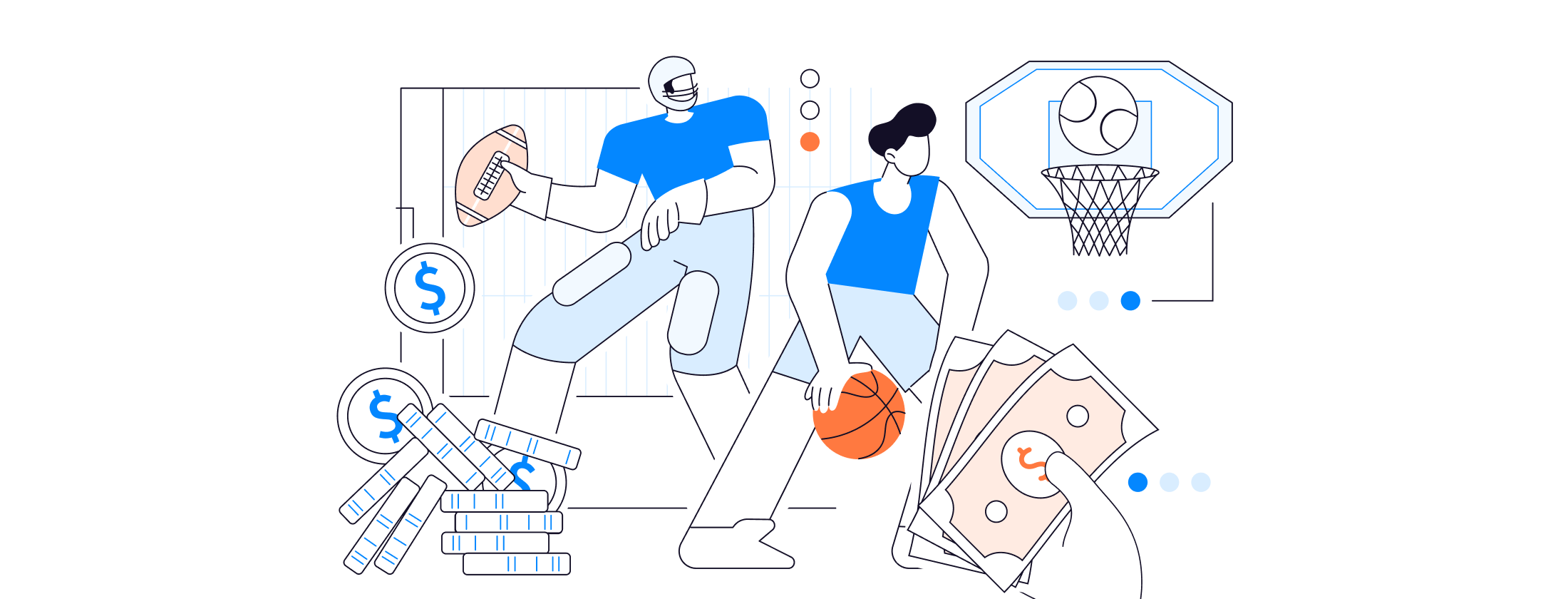
Blog
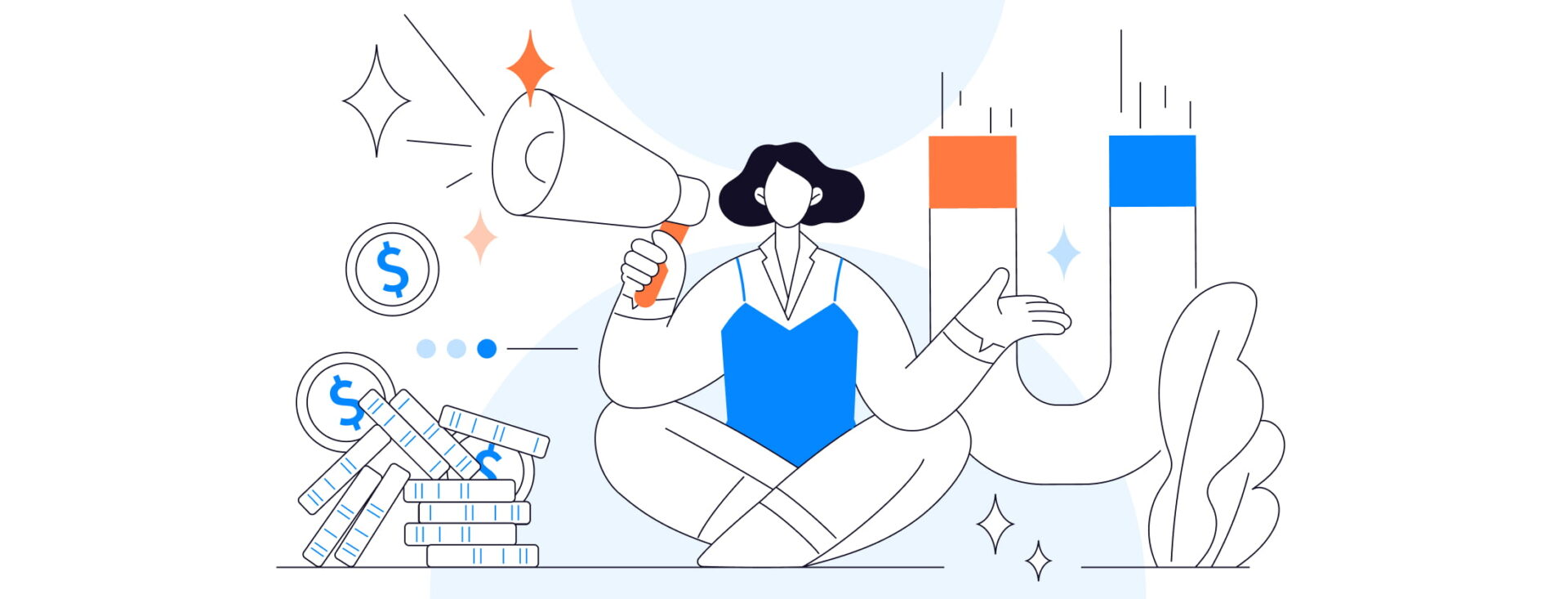
Blog